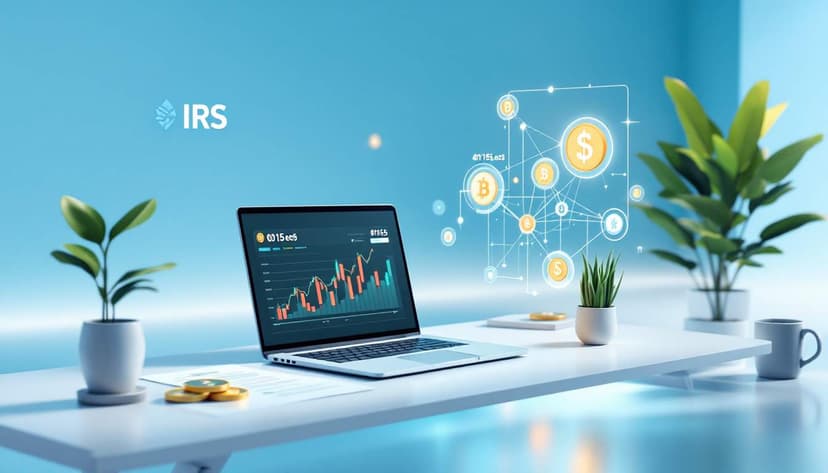Introduction
Staking Alien Worlds can be an excellent choice for those looking to hold TLM while earning APY in a secure manner and supporting the network. The process may seem a bit intimidating, particularly for first-timers. That’s why we’ve created this guide to assist you.
Step-by-Step Guide for Italian Investors
1. Acquire Alien Worlds (TLM) Tokens
To stake Alien Worlds, you must first acquire it. To obtain Alien Worlds, you'll need to buy it. You can select from these well-known exchanges available in Italy.
Check out all 31 pricesPiattaforma Criptovaluta Value Binance Alien Worlds (TLM) 0 APY Kraken Alien Worlds (TLM) 0 APY BingX Alien Worlds (TLM) 0 APY Bitget Alien Worlds (TLM) 0 APY Bitmart Alien Worlds (TLM) 0 APY Bitpanda Alien Worlds (TLM) 0,01 APY 2. Select a Alien Worlds Wallet
Once you have TLM, you'll need to select a Alien Worlds wallet to securely store your tokens. Here are some excellent options tailored for the Italian market.
3. Delegate Your TLM
We recommend using a staking pool when staking TLM. It's more straightforward and quicker to get started. A staking pool is a collective of validators who pool their TLM, enhancing their chances of validating transactions and earning rewards. You can manage this through your wallet's interface.
4. Begin the Validation Process
You'll need to wait for your deposit to be confirmed by your wallet. Once it's confirmed, you'll automatically validate transactions on the Alien Worlds network. For these validations, you'll receive rewards in TLM.
What to Consider in Italy
When engaging in staking, it's important to factor in the transaction and staking pool fees. Additionally, you may encounter a waiting period before you begin to earn rewards. The staking pool must generate blocks, which can take a bit of time.
Recent Developments
Alien Worlds (TLM) is currently priced at US$7.82 with a 24-hour trading volume of US$10.25M. The market cap of Alien Worlds stands at US$70.21M, with 5,69B TLM in circulation. For those looking to buy or trade Alien Worlds, MyCointainer offers avenues to do so securely and efficiently
- Market capitalization
- US$70.21M
- 24h volume in the Italian market
- US$10.25M
- Circulating supply
- 5,69B TLM



